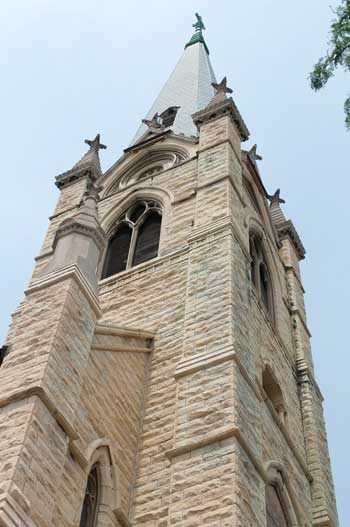
2942 South Wabash (Bronzeville) Founded in 1855 as Chicago’s ninth Catholic church, Saint James is the only parish in the city served by Benedictine monks. The church serves IIT students through its Catholic Campus Ministry, established in the 1970s. Several landmark and scenic destinations are a relaxing stroll away from IIT’s Main Campus, located within historic Bronzeville and next to the diverse Bridgeport neighborhood. Here are nine other notable places to visit within walking distance of campus.
All Photos by Bonnie Robinson
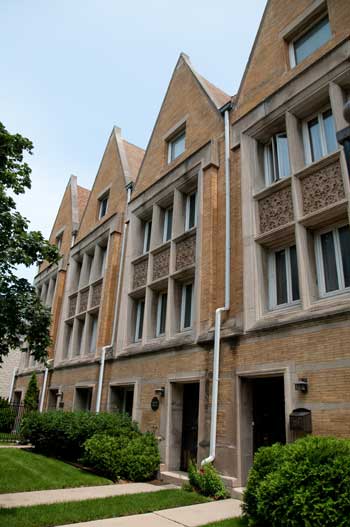
3213-19 South Calumet Avenue (Bronzeville) One of architect Frank Lloyd Wright’s earliest commissions, the Robert W. Roloson Houses are the only row houses Wright designed that were actually built (1894). The houses were named to the National Register of Historic Places in 1977 and designated a Chicago Landmark two years later.

3435 Indiana Avenue (Bronzeville) Originally built in 1899 as a Jewish synagogue, the Chicago Defender Building housed the Chicago Defendernewspaper from 1920-1960. Founded in 1947, the Defender is largely credited for helping to empower African Americans in the South to move to the North for a life of new opportunities.
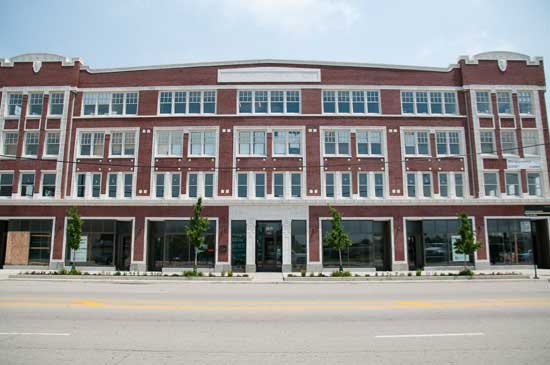
3619-27 State Street (Bronzeville) Built in 1922-23, this Chicago Landmark is named for African-American entrepreneur Anthony Overton, who commissioned the structure to house the headquarters of his cosmetics company. Several other prominent businesses were located here, including Douglass National Bank, the first nationally chartered, African-American owned bank.

3647-3655 State Street (Bronzeville) The only area building featuring the Art Deco architectural style, the Chicago Bee Building housed the Chicago Bee, a newspaper Anthony Overton founded in 1926 to promote African-American businesses and issues. Today, the building operates as a branch of the Chicago Public Library.
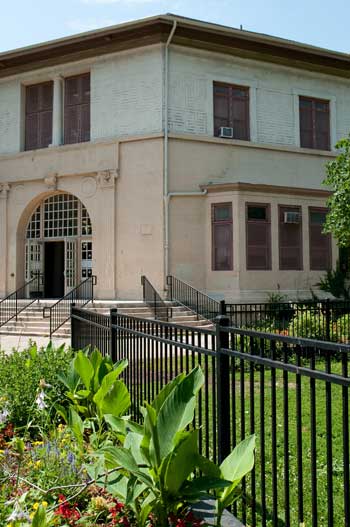
3309 South Shields Avenue (Bridgeport) Named to honor industrialist Philip D. Armour, whose benevolence gave rise to Armour Institute of Technology and IIT, Armour Square Park was one of 10 Chicago parks created to help residents cope with tenement living. This grouping of parks influenced the development of other parks across the country.
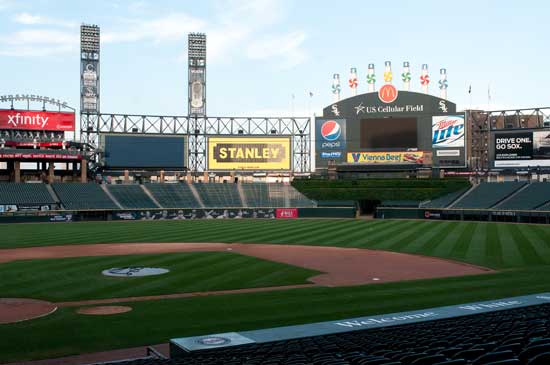
333 West 35th Street (Bridgeport) The new home of the Chicago White Sox opened in 1991, across the street from its former site, Comiskey Park; in 1993, the stadium’s name officially became known as U. S. Cellular Field. With more than 40,000 unobstructed-view seats, “The Cell” smashed a club record of 2,934,154 fans in its first year.
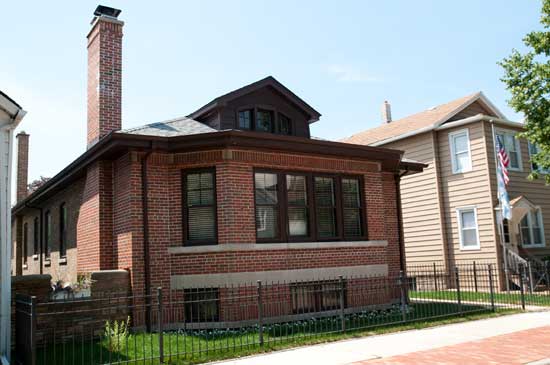
3536 South Lowe Street (Bridgeport) Chicago’s 48th mayor, Richard J. Daley, and his wife, Eleanor, married in 1936 and began their lives together in a brick bungalow. The couple raised seven children in the home, including former Mayor Richard M. Daley.

643 West 31st Street (Bridgeport) Established in 1865, First Lutheran Church of the Trinity is the oldest Christian congregation in Bridgeport. Originally at 25th Place and South Canal Street, the church moved to its present site in the early twentieth century.

2700 South Halsted Street (Bridgeport) Opened in 2009, this 27-acre green space was formerly a limestone quarry. Now part of the Chicago Park District, Stearns Quarry features a fishing pond, interpretive wetlands, preserved quarry walls, trails, an athletic field, a running track, and a hill overlooking natural areas as well as the city.